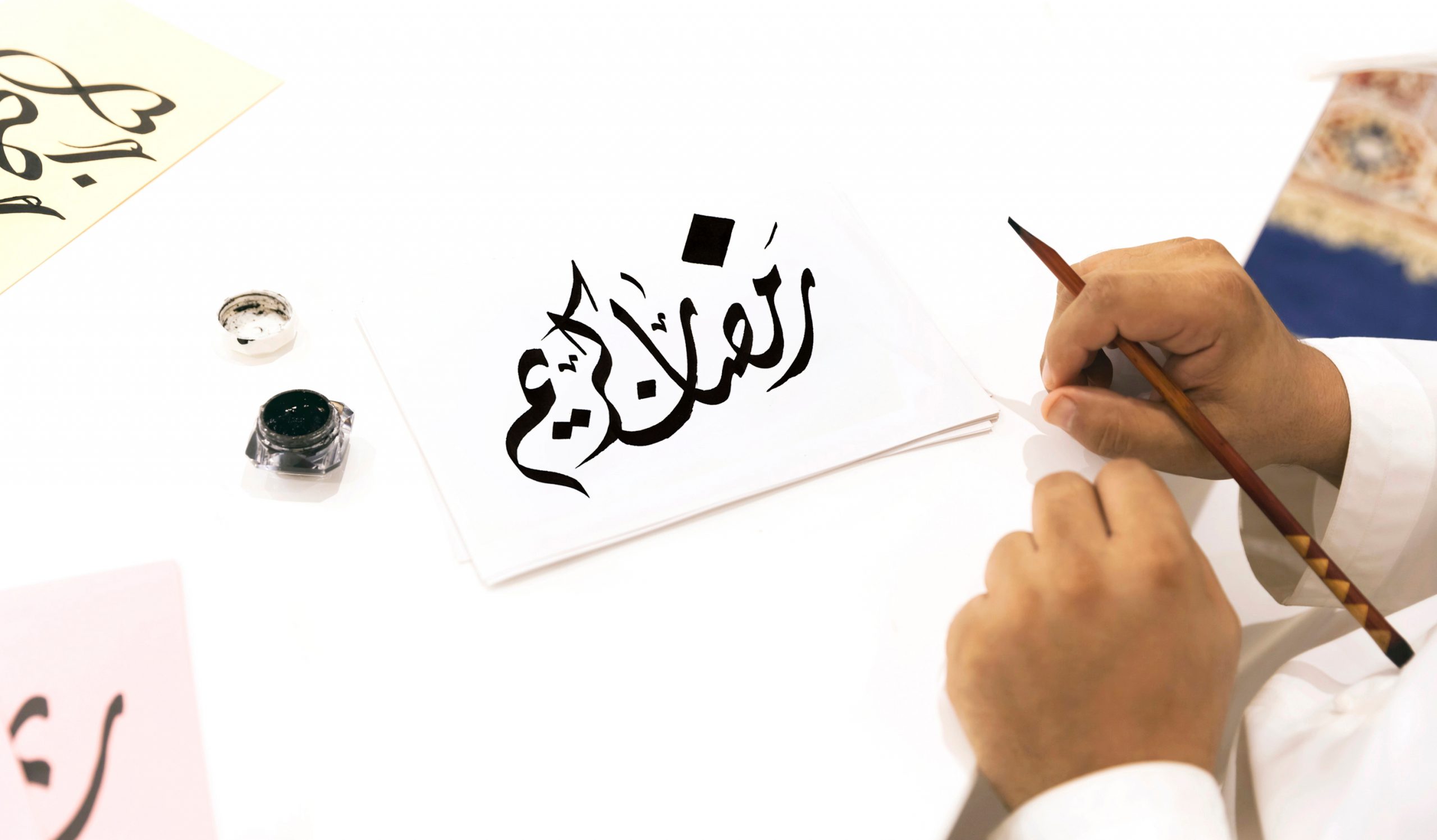
Graphic designers and artists value Arabic calligraphy designs because they blend contemporary storytelling with centuries-old tradition. This art form is beautiful and connects the past and present, revealing cultural identity, creative expression, and visual communication. Arabic calligraphy has influenced contemporary design, a fact that graphic designers and enthusiasts of calligraphy should acknowledge and value.
Here’s How Arabic Calligraphy Designs Have Grown in Significance
A Brief History
With its fluid lines and elaborate patterns, Arabic calligraphy has been a major Islamic art form for centuries. Once used to protect the Quran’s precious words, it has evolved into several styles with its Arabic script. Naskh, Diwani, Thuluth, and Kufic are appropriate for classic and modern designs.
Important in Culture
Arabic calligraphy is culturally significant. In Islamic art and culture, it symbolizes spiritual and worldly existence. Due to its deep philosophical and poetic implications, the Arabic script helps preserve cultural identity in our fast-paced globalized society all the while connecting you to an old art form.
Artistic value appreciation
Arabic calligraphy is highly artistic and diversified. Art’s mobility lets artists and designers experiment and create while honoring history. Graphic designers interested in mixing tradition and innovation may find this type of calligraphy appealing. Calligraphy’s emphasis on harmony, proportion, and balance teaches design ideas that can be used elsewhere.
Modern Uses
Arabic calligraphy designs are now employed in logos, branding, product design, and digital media. Many firms like Creative Alif utilize calligraphy to appeal to Arabic-speaking clients or express elegance and tradition. In a competitive market, our graphic designers use Arabic calligraphy in modern designs. Its unique blend of heritage and modernity can boost brand recognition and appeal.